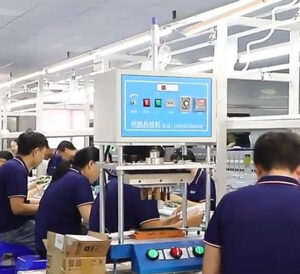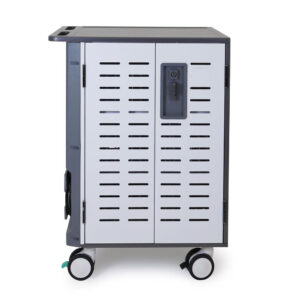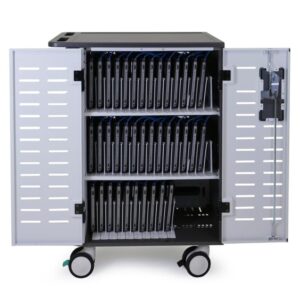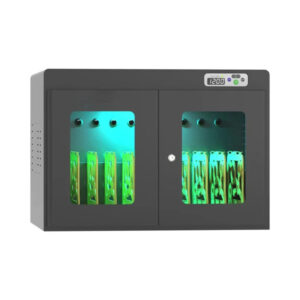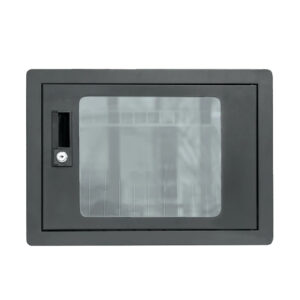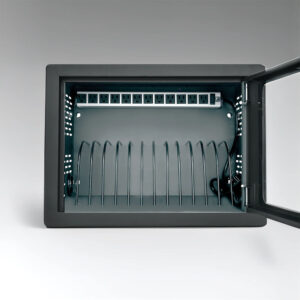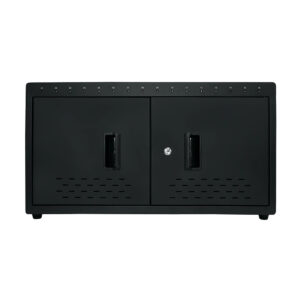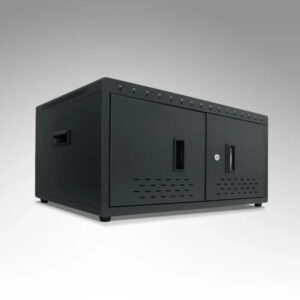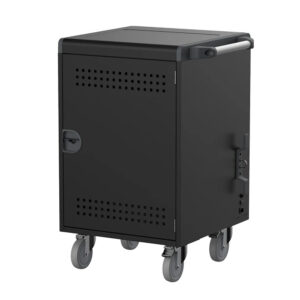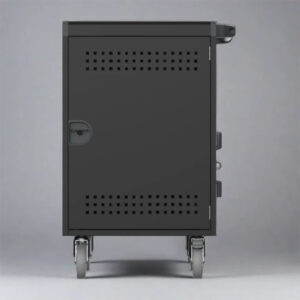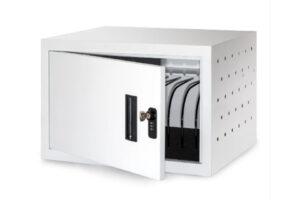Summary
Safety First: Understanding the Importance of UL Certification for Charging Cabinets UL Certification is a critical safety designation provided by Underwriters Laboratories (UL), a leading global safety science organization. It ensures that charging cabinets, particularly those designed for lithium-ion batteries, meet rigorous safety and performance standards essential for minimizing risks associated with battery storage and charging. The increasing reliance on electric vehicles (EVs) and portable battery-operated devices has made UL certification especially significant, as it fosters consumer trust and ensures compliance with safety regulations in various industries, including construction, automotive, and warehousing.
Charging cabinets are specifically designed to contain and manage the safe charging of lithium-ion batteries, incorporating features such as fire-resistant materials, advanced ventilation systems, and integrated monitoring capabilities to mitigate potential hazards. The certification process involves extensive testing for electrical safety, durability, and compatibility with diverse charging scenarios, thereby preventing issues like overheating and fire hazards. UL’s ongoing audits further enhance the reliability of certified products, making UL certification a vital consideration for manufacturers and consumers alike.
The significance of UL certification extends beyond safety; it also promotes standardization and interoperability within the growing EV charging infrastructure. This is crucial for developing a cohesive ecosystem that enables users to charge various EV models efficiently. Manufacturers that achieve UL certification not only demonstrate a commitment to safety but also gain a competitive edge in the market, as certified products are often perceived as more reliable and trustworthy by consumers.
However, obtaining UL certification can be a complex and costly process for manufacturers, necessitating a thorough understanding of applicable standards and continuous compliance efforts. While this process may present challenges, the benefits—including enhanced marketability, legal compliance, and consumer confidence—underscore the importance of UL certification for charging cabinets in today’s safety-conscious market.
Table of Contents
What is a Charging Cabinet?
A charging cabinet, specifically a lithium-ion battery charging cabinet, is a specialized, fire-resistant enclosure designed to safely store and charge batteries. Unlike standard storage units, these cabinets include several critical features that enhance safety and usability.
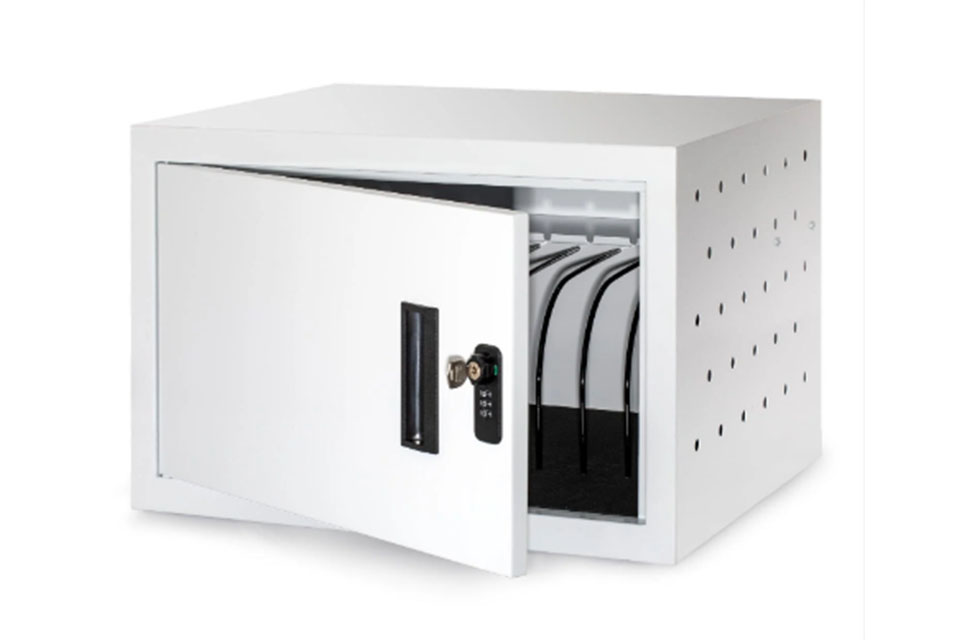
Key Features
Fire-Resistant Construction
Charging cabinets are built with materials that can withstand and contain thermal events, such as fires. This capability is vital for preventing fires from spreading to surrounding areas, thereby safeguarding property and individuals.
Ventilation Systems
To prevent overheating during the charging process, these cabinets are equipped with ventilation systems. Effective ventilation is essential, as improper ventilation can lead to hazardous conditions, including battery degradation and fire risks due to overcharging or excessive heat buildup.
Integrated Charging Stations
Many charging cabinets come with integrated charging stations that allow for the simultaneous charging of multiple batteries. This feature not only optimizes space but also enhances efficiency, as it enables users to charge several batteries without needing separate chargers or workstations.
Lockable Doors
To ensure controlled access, charging cabinets often feature lockable doors. This security measure is particularly important in settings such as commercial buildings and educational institutions, where unauthorized access to charged batteries can pose safety risks.
Monitoring Systems
Advanced charging cabinets may include monitoring systems that detect temperature changes or faults, further enhancing safety by allowing for immediate action if any irregularities are detected during the charging process.
Importance in Various Industries
Charging cabinets have become integral to the safety strategies of various industries, including construction, automotive, warehousing, and electronics. With the increasing reliance on lithium-ion technology, the need for compliant and secure storage solutions is more critical than ever. The risks associated with improper battery charging and storage emphasize the necessity of fire-resistant lithium battery cabinets and compliant storage systems.
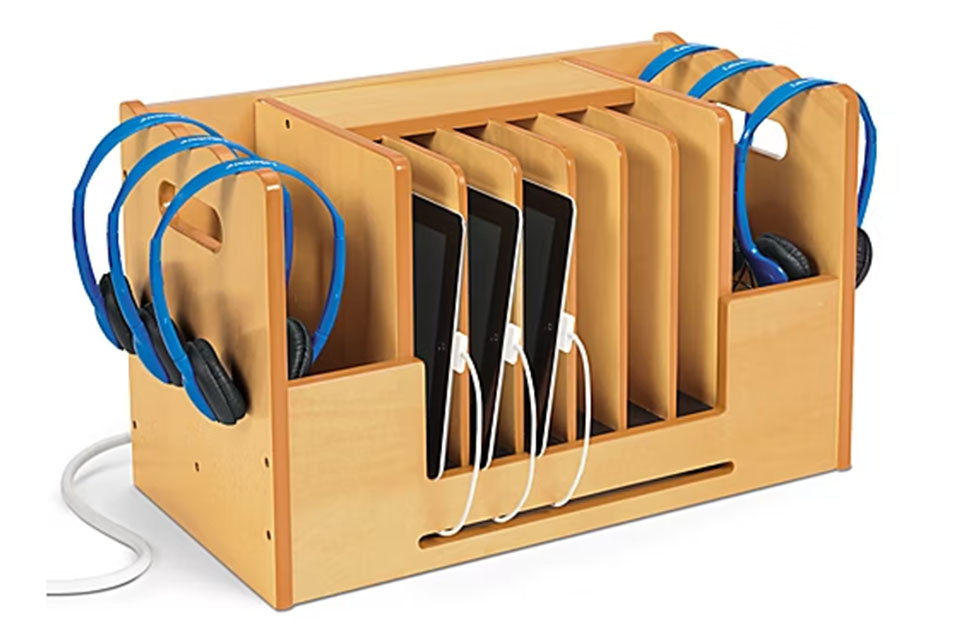
UL Certification
UL Certification refers to the safety certifications provided by Underwriters Laboratories (UL), a global safety science organization established in 1894. UL is renowned as the oldest and largest third-party testing laboratory in the United States, offering assurance that products meet specific safety and performance standards. The certification process involves rigorous testing and evaluation to verify that products comply with nationally recognized standards, particularly concerning safety and reliability, which is crucial for industries that operate with mission-critical equipment such as hospitals and assembly lines.
The Certification Process
The process of obtaining UL Certification involves several key steps. First, a manufacturer must visit the UL website to access necessary information and forms for submitting a product sample for testing. Following this, the manufacturer is responsible for shipping the sample product to UL, ensuring it is properly packaged to avoid damage during transit. Upon receipt, UL evaluates the product against the standards set by the American National Standards Institute (ANSI) and the Occupational Safety and Health Administration (OSHA). If the product meets the required safety standards, a UL Certificate of Compliance is issued, allowing the manufacturer to display the UL logo on their products.
Types of UL Certification
There are different types of UL certifications, with UL Listed and UL Recognized Component being the most notable. The UL Listed certification signifies that a stand-alone product has undergone extensive testing and has met strict safety standards, making it more difficult to attain compared to UL Recognized Component status, which is limited to parts used within products. UL Listed products are widely recognized and provide consumers with confidence regarding their safety and performance in various applications, including charging cabinets.
Importance of UL Certification
UL Certification is significant for several reasons. It enhances consumer trust by verifying that products have been independently tested for safety and performance. Moreover, UL’s commitment to safety ensures that products that receive certification adhere to stringent guidelines, ultimately benefiting manufacturers by positioning their brands as reliable and consumer-focused. This certification is particularly important in the context of charging cabinets, where safety is paramount due to the potential risks associated with electrical components.
Additionally, the UL certification process includes ongoing audits to ensure continued compliance with safety standards, which reinforces the long-term reliability of certified products. Given the increasing demand for safe and sustainable products, UL Certification has become a vital aspect of product development and marketing in various industries.
Importance of UL Certification for Charging Cabinets
UL certification, provided by Underwriters Laboratories, plays a vital role in ensuring the safety and reliability of electric vehicle (EV) charging cabinets. This certification process involves rigorous testing and evaluation, covering various critical aspects of performance and safety, which are essential in the rapidly growing EV market.
Safety Assurance
One of the primary reasons UL certification is crucial for charging cabinets is its emphasis on safety. Charging cabinets must pass comprehensive assessments that evaluate electrical safety, durability, and compatibility with different EV models and grid systems. These evaluations help prevent electrical hazards, such as short circuits and power surges, while also ensuring the products can withstand environmental factors like extreme temperatures and moisture. This thorough testing reduces the risk of malfunctions that could potentially lead to fire hazards or other safety issues, thus providing peace of mind to both manufacturers and consumers.
Interoperability and Standardization
UL certification fosters a standardized charging infrastructure by ensuring that charging cabinets are interoperable with various EVs. This interoperability is crucial for creating a cohesive ecosystem of EV charging stations, allowing users to charge their vehicles efficiently, regardless of the manufacturer. By achieving UL certification, manufacturers signal that their products meet essential industry standards, which can enhance user experience and promote widespread adoption of EV technology.
Consumer Trust and Market Advantage
The presence of the UL certification mark on charging cabinets serves as an assurance of quality and safety for consumers. Research indicates that certifications significantly influence consumer trust, often matching or exceeding the trust associated with brand reputation and expert reviews. As the EV market continues to expand, having certified products can provide manufacturers with a competitive edge, helping them to build customer loyalty and trust. Without certification, manufacturers risk losing consumer confidence, which can adversely affect their market position.
Regulatory Compliance
In addition to promoting safety and trust, UL certification ensures compliance with various regulatory requirements. As EV charging infrastructure evolves, adherence to national and international standards becomes increasingly important for manufacturers aiming to operate across different markets. Compliance with UL standards not only facilitates entry into these markets but also mitigates liability risks associated with selling uncertified products. Thus, obtaining UL certification is not merely a regulatory formality but a strategic necessity for manufacturers seeking to establish themselves in the global EV market.
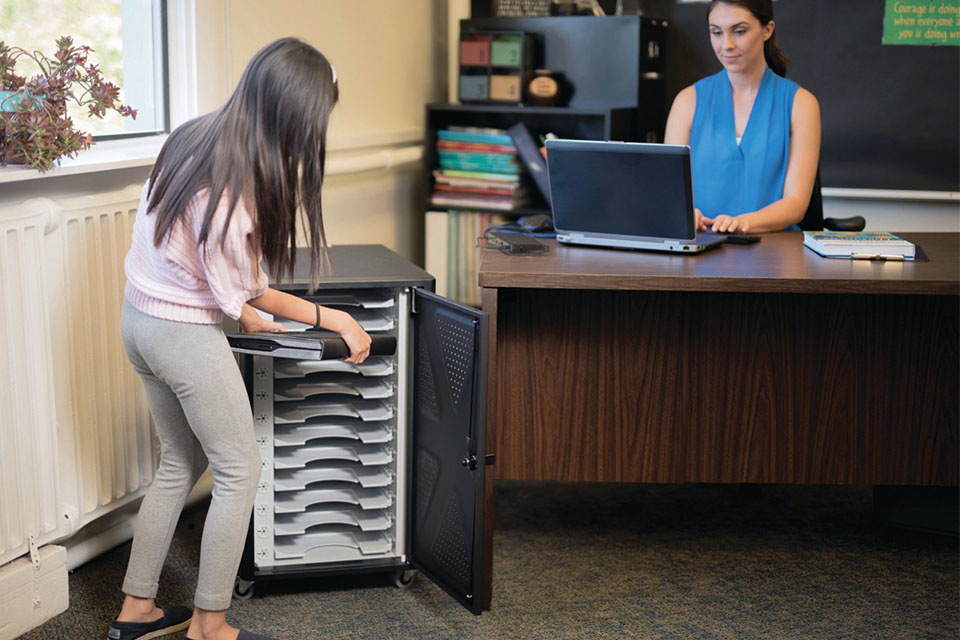
Benefits of UL Certified Charging Cabinets
UL certified charging cabinets offer several significant advantages that enhance both safety and user experience in the realm of electric vehicle (EV) charging.
Enhanced Safety
One of the primary benefits of UL certification is the assurance of safety. UL certification guarantees that the charging cabinets have undergone rigorous testing to meet high safety standards. This includes evaluations for electrical safety, durability against environmental factors, and protection from hazards such as short circuits and power surges, thereby minimizing risks like electrical fires and malfunctions.
Reliable Performance
UL certified charging cabinets are tested for reliable performance, ensuring that they provide consistent and efficient charging even under challenging conditions. This reliability translates into a better user experience, as consumers can trust that their charging needs will be met without unexpected interruptions or failures.
Interoperability
Another key advantage is the interoperability of UL certified charging cabinets with various EV models. This compatibility simplifies the charging process for users, allowing them to charge different types of electric vehicles at the same station. This standardization fosters a cohesive ecosystem for EV charging stations, encouraging widespread adoption of electric vehicles by making charging more convenient.
Marketability and Credibility
UL certification serves as a mark of credibility and trust for manufacturers. Having UL certified products can enhance marketability, as consumers are more likely to trust and choose products that have been rigorously tested and approved by a reputable organization. This credibility can lead to increased customer loyalty and confidence in the safety and performance of the charging cabinets.
Legal and Regulatory Compliance
In many jurisdictions, UL compliance is not only beneficial but also mandatory. Adhering to UL standards can help prevent legal issues, reduce liability, and facilitate smoother market entry for manufacturers. This aspect is crucial for businesses looking to navigate the complexities of regulatory requirements in the electric vehicle sector.
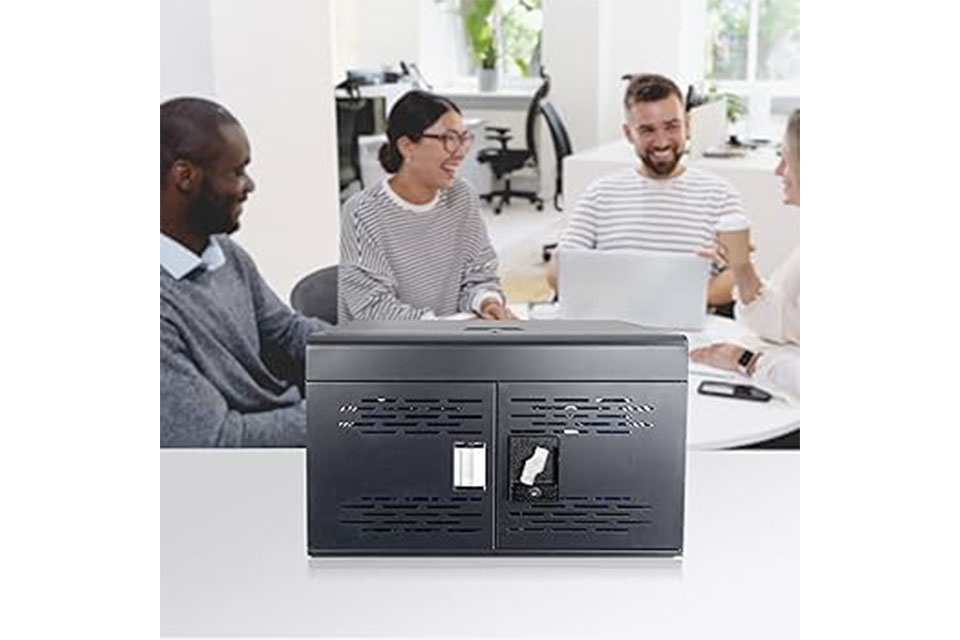
UL Certification Process for Manufacturers
Overview of the UL Certification Process
The UL certification process is an essential pathway for manufacturers seeking to ensure their products meet safety, performance, and sustainability standards. This process, conducted by Underwriters Laboratories (UL), involves several critical steps that guide manufacturers from the initial design phase to final approval for certification.
Steps to Achieve UL Certification
Identifying Customer Needs: The first step involves understanding the specific needs of customers and the applicable UL standards that correspond to the product category being developed.
Determining Needed UL Certifications: Manufacturers must assess which UL certifications are necessary for their products based on their intended use and industry requirements.
Design and Documentation of Product: Proper design documentation is vital. Manufacturers should align their designs with UL standards from the outset to avoid complications during the compliance transition.
Testing and Feedback from UL: After submission, UL conducts a series of tests to evaluate product safety and compliance. Feedback is provided throughout this stage, allowing manufacturers to address any issues identified during the evaluation.
Final Approval from UL: Upon successful completion of testing and compliance checks, UL issues a Certificate of Compliance. Manufacturers are then authorized to display the UL mark on their products, signaling adherence to safety standards.
Importance of Compliance and Follow-Up
After obtaining UL certification, manufacturers are subject to ongoing audits and inspections to ensure continued compliance with relevant safety and environmental regulations. These follow-up services include periodic evaluations of production processes, product performance checks, and on-site inspections. This continuous oversight reinforces the reliability and safety of UL-certified products, ensuring they maintain the necessary quality standards throughout their lifecycle.
Costs Associated with UL Certification
The costs associated with obtaining UL certification can vary significantly based on several factors, including product category, number of products being certified, and the scope of evaluation. Key fees include initial product testing fees, follow-up service fees, and costs related to facility and personnel certifications. Understanding these financial implications is crucial for manufacturers budgeting for the certification process.
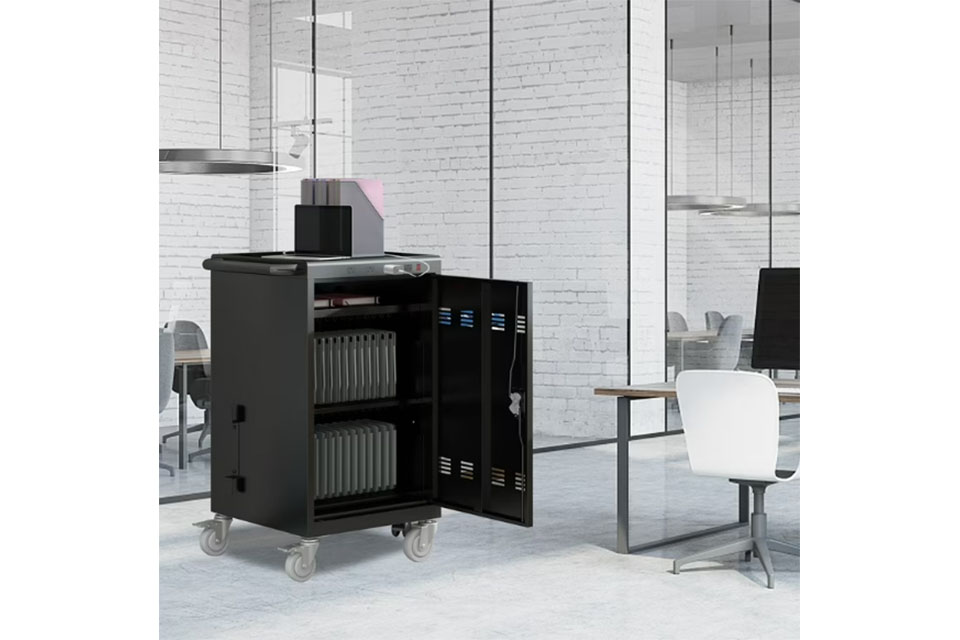
Recent Advancements in UL Standards
Updates to Existing Standards
Underwriters Laboratories (UL) continues to enhance its standards to meet the evolving needs of various industries. Notably, the release of the 3rd edition of UL 2271 introduces significant changes, including new battery charge testing requirements and enhanced protocols for single fault failure scenarios. These updates are crucial for ensuring that products in the rapidly advancing fields, such as electric vehicle (EV) charging systems, meet stringent safety and performance criteria.
Focus on Electric Vehicle Charging Systems
Recent advancements in UL standards have placed a significant emphasis on electric vehicle charging systems. For instance, UL 2231 outlines performance evaluations for EV charging systems, stipulating rigorous testing requirements to monitor, detect, and ensure compliance with strict interrupting times. This standard is essential for assessing user personnel protection while operating under extreme conditions during environmental testing. Moreover, it emphasizes the importance of evaluating critical safety functions for known risks.
Additionally, UL9540 has emerged as a benchmark for energy storage systems (ESS). This standard provides comprehensive guidelines for ensuring the safety and reliability of ESS, covering aspects such as electrical, thermal, mechanical, and fire safety. UL9540’s strict requirements ensure that these systems are rigorously tested and certified, which includes factory inspections and follow-up assessments to maintain compliance.
Integration of Emerging Technologies
UL is also adapting its standards to integrate new technologies and practices within the automotive and mobility industries. As manufacturers face challenges related to advancements in autonomous technology, connectivity, and electrification, UL standards are essential for guiding compliance with safety, security, and performance criteria. The ongoing collaboration with international standards bodies further enhances the global relevance and effectiveness of UL’s standards.
Case Studies
Overview of UL Certification in Charging Cabinets
Underwriters Laboratories (UL) has established itself as a trusted authority in safety testing and certification. The importance of UL certification is evident in various case studies where companies have achieved significant market advantages by ensuring their charging cabinets meet UL standards. Such certifications not only enhance product quality but also bolster consumer trust, which is critical in the competitive market of charging solutions.
Case Study 1: Enhanced Market Adoption
A notable example can be seen in a company that specialized in micromobility charging equipment. After obtaining UL certification for their battery containment enclosures, they reported a substantial increase in consumer confidence, with 69% of surveyed consumers expressing greater trust in certified products. This trust translated into faster market adoption of their new charging technologies, illustrating the positive impact UL certification can have on sales and product reputation.
Case Study 2: Competitive Advantages
Another case involved a manufacturer that pursued UL certification for their line of charging cabinets. They found that 44% of companies in their sector reported measurable competitive benefits from certification, such as enhanced innovation and a stronger brand presence. In particular, the company leveraged UL’s brand recognition, which not only influenced purchasing decisions but also allowed them to command a pricing premium in a crowded marketplace.
Case Study 3: Risk Mitigation
In the early phases of product development, one company utilized UL’s safety testing protocols to identify potential risks associated with their charging cabinet designs. By integrating UL standards from the outset, they were able to prevent costly redesigns and reduce regulatory delays. The proactive approach to certification not only mitigated risks but also improved the overall quality perception of their products.


